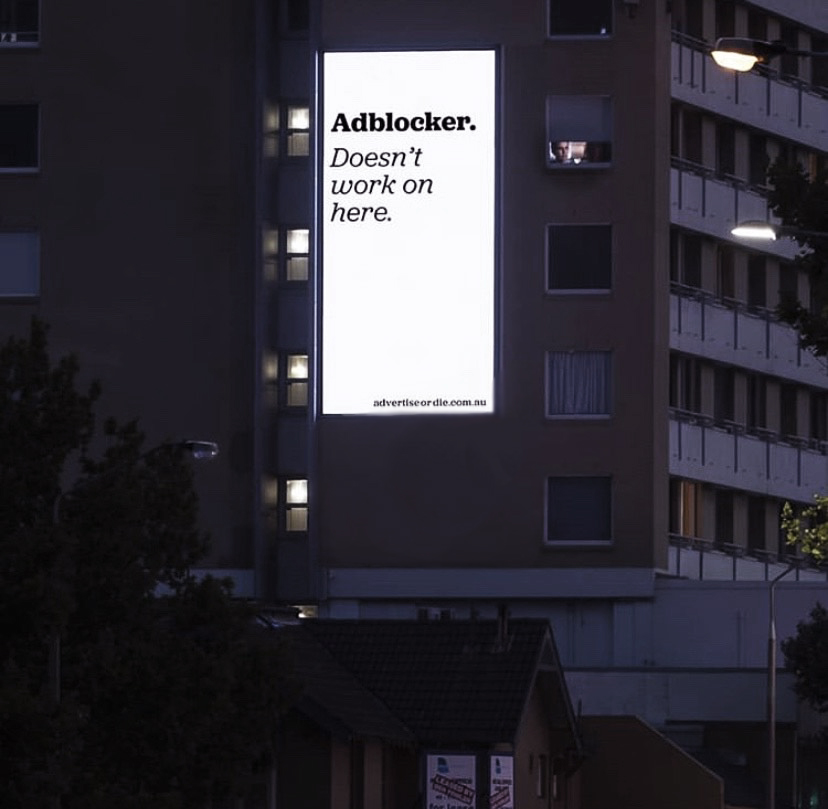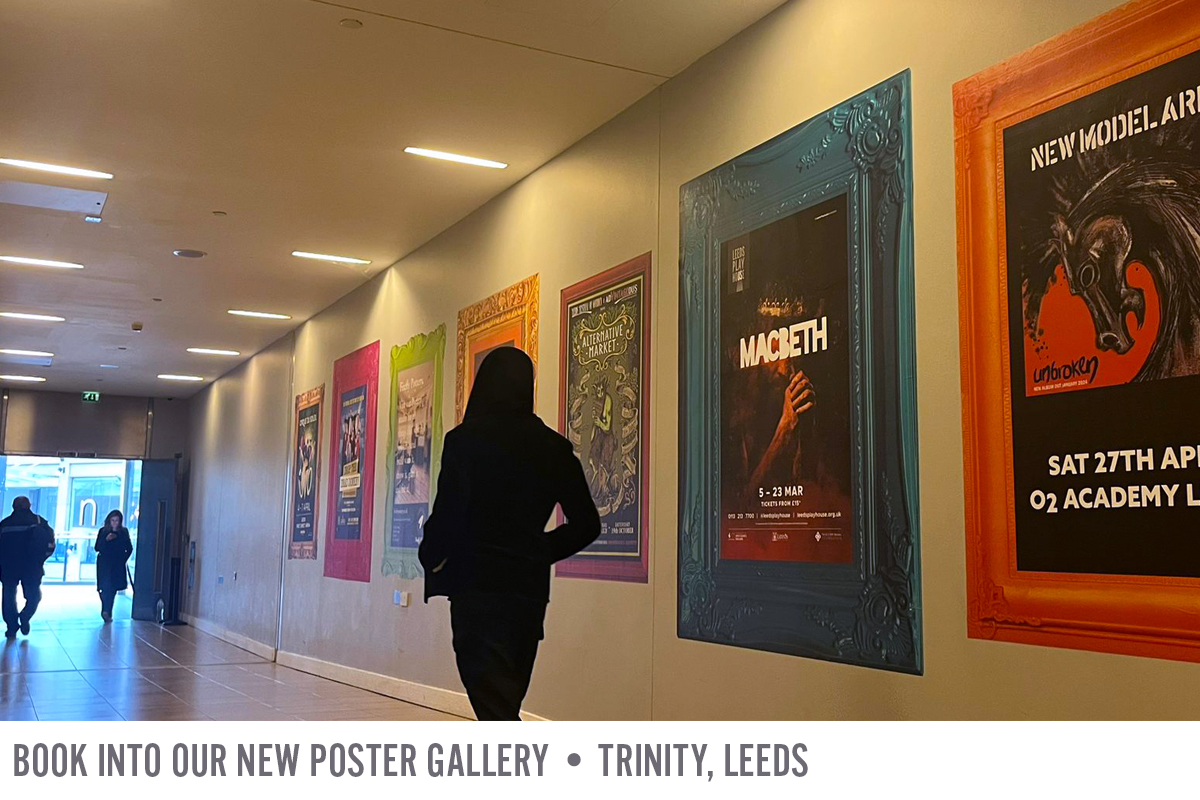Out-of-home advertisements have the unique ability to stand out in a fragmented media circus, this is because of their ability to change, evolving to remain relevant, trusted and effective. The UK OOH industry was worth 1.25 billion in 2019, 49.9% of this was digital, with a 10.8% increase in spending on OOH media since 2017.
With the dawn of a new century, we’re using our 2020 vision to look forward into future trends to watch out for in the coming year and beyond.
Pragmatic DOOH
(DOOH) is predicted to grow by over 8% between 2018 and 2023. With the power of better measurement tools technological innovation and interoperability will continue to define 2020, as these programmatic exchanges move past the test and learn phase and into the mainstream. Content delivery will become tailored across the board, setting new, higher standards for advertisers everywhere, increasing competition and creativity.
Touch Point & Channel Integration
Integration of advertisements across digital, TV, radio & print mediums. Coherent campaigns will be shown across multiple channels, driving engagement for specified areas or real time events.
“Through improvements in measurement and attribution, OOH is simply becoming smarter and more useful,”
Nelson
Advances in Data
As this integration and advancement of technology continues, this will provide more and more accurate volumes of statistical data. In turn, this will allow marketers and advertisers to more easily gage effectiveness and interaction, allowing them to fine tune strategies and produce more specific campaigns to maximise success.
More personalisation
Commonly seen in the webisphere, derived from the collection of personal internet data increase the relevance of campaigns, creating higher likelihoods of engagement by connecting on a deeper level with the consumer dependent on their interests.
Now migrating onto our TV screens, Channel 4 and Virgin Media are adopting Sky’s AdSmart. This puts viewers into groups of 5,000 or more based on age, location, lifestyle, and even knows if ‘they have a cat.’
Sky, who are already using the targeted advertising technology have reported a 48% drop in channel switching when targeted ads are shown.
This opens up TV advertising to small companies who can target specific areas local to them. It also means broadcasters can charge more to run advertisements as they garner better results.
“The stage is set for a bigger OOH boom, and I predict OOH and digital OOH will double its share of marketing spend by 2025 . . .
Not only is there more demand than ever before, we’re also seeing a surge in investment by technology and media companies such as Alibaba, Google, and Netflix as well as traditional media companies — and now even private equity entering the category.”
Rick Robinson, Chief Strategy Officer with Billups, a leading OOH technology company.
Functional Outdoor Billboards
IBM’s Smart Ideas for Smarter Cities ad campaign promotes fostering smart ideas by offering some of its own. Instead of using traditional billboards, the campaign leads by example by providing functional designs that people can interact with in a practical way.
Devised and executed by Ogilvy & Mather France, the IBM Smart Ideas for Smarter Cities ad campaign was created for the company’s People For Smarter Cities project. Its purpose was to promote city planning and design with its citizens at the forefront of its priorities mind, demonstrating how that can be done in the ads functionality.
Immersive advertising experiences.
There are increasingly higher demands for immersive experiences that offer engagement. This will only continue as advertisers do more to stand out against competing brands.
Especially prominent in shopping areas, retail brands are creating spectacle in public spaces. From bus shelters that have been transformed into mini jazz clubs to coffee-dispensing crosswalks, there are plenty of examples of interactive advertisements that truly go outside of the box.
OOH is the preferred ad format among Gen Z, according to a recent global study by Kantar Millward Brown, with higher ratings than all other digital media (including display, search, desktop or mobile). Robinson believes OOH ads have a steadfast and evergreen quality that appeals to most younger consumers. In contrast to digital and mobile, OOH also doesn’t suffer from ad blockers or the intense competition for consumer attention we see online.Case in point: more than half of millennials actively block ads or unsolicited marketing content. Among Gen Z, the percentage is even higher.
With OOH already capturing the hearts and minds of the population, we can only expect more impressive and crowd pleasing advertising designs and trends as we enter this new decade.
Want to know about OOH and discuss your ad with some experts? Call 0113 231 1774 to chat with us.


